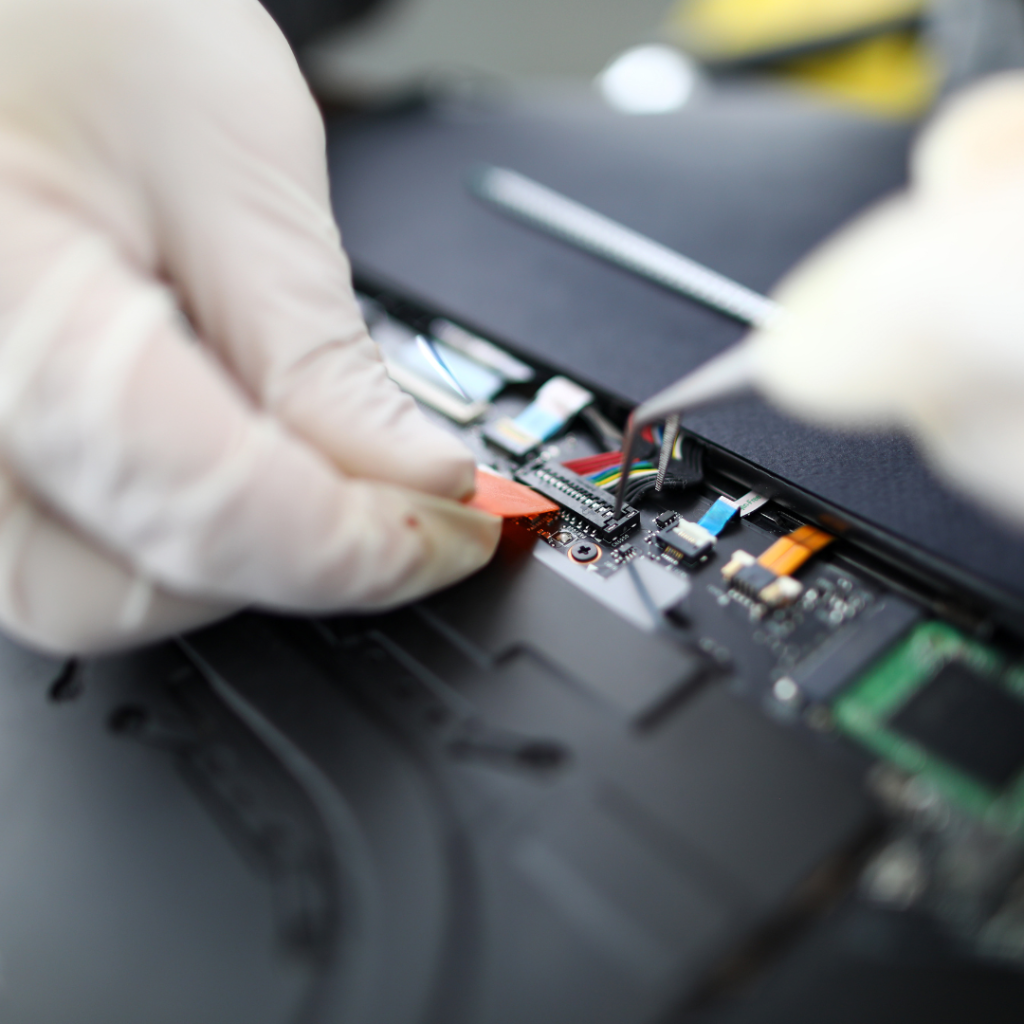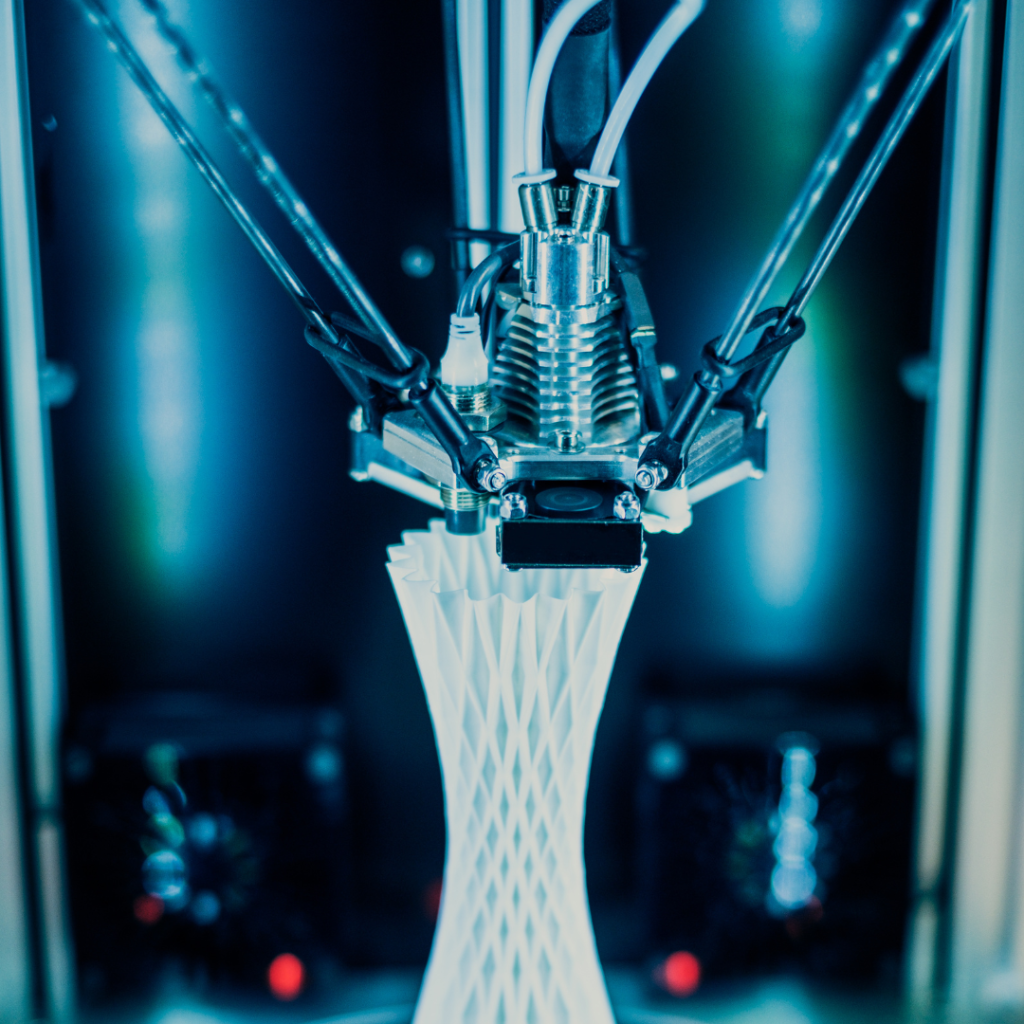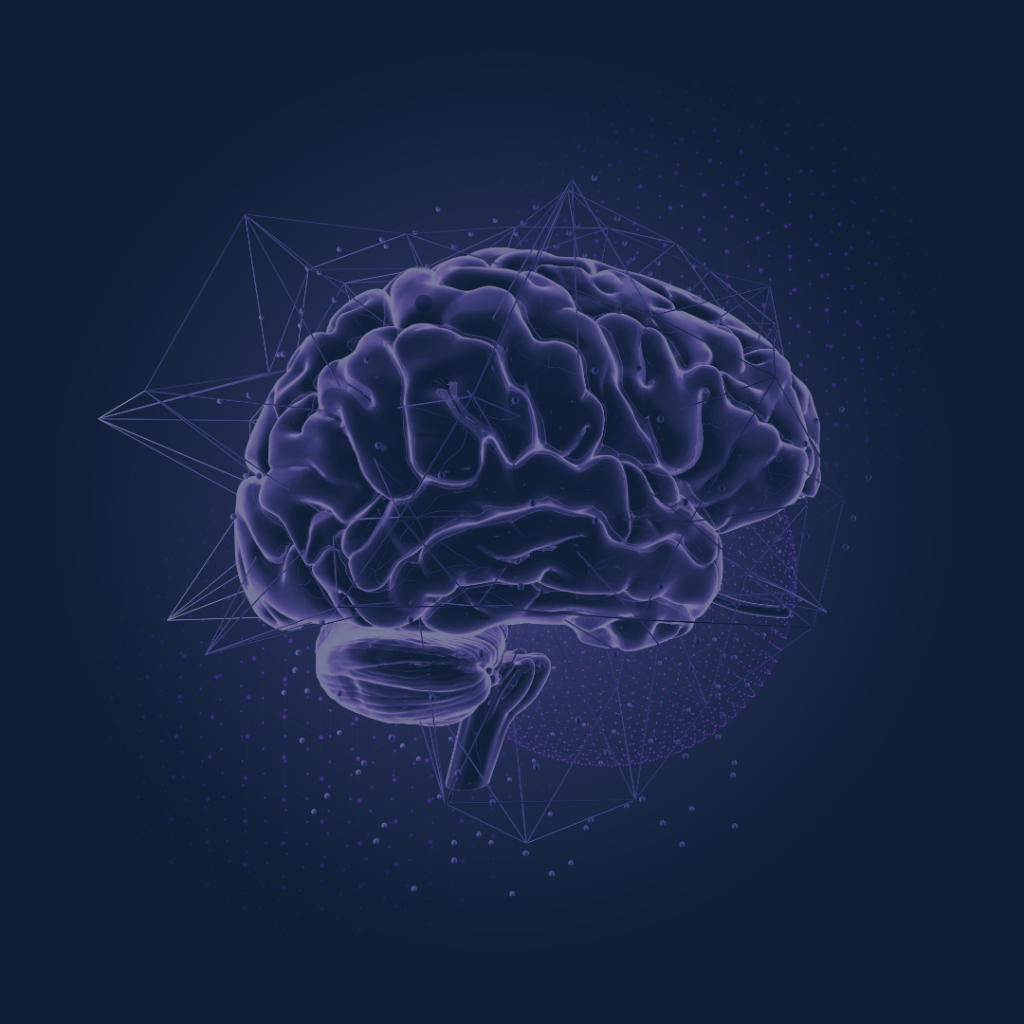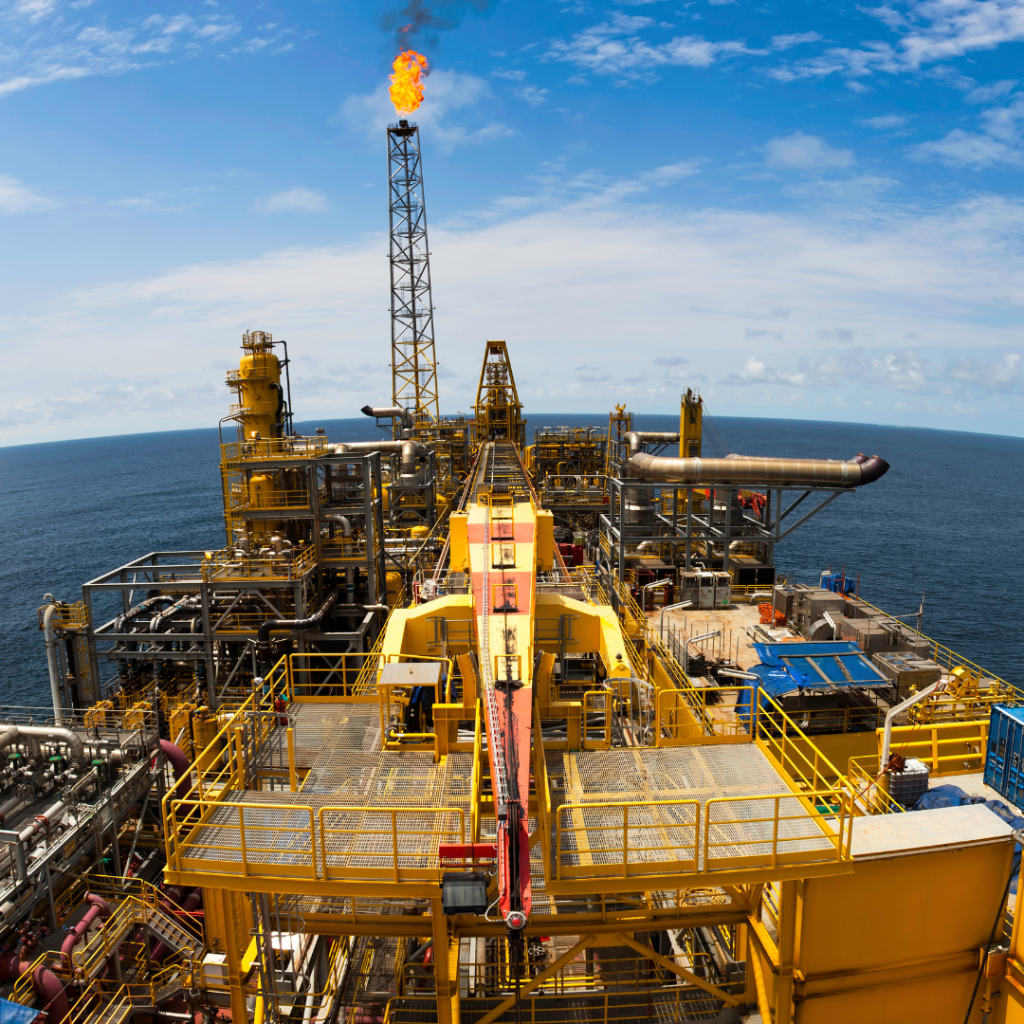Projects
Our projects
Welcome to the projects section of our lab. We invite you to explore our projects and discover what we are working on.

1. Intelligent structures for assistance and monitoring robots (FINEP)
This project aims to develop structures for robots in order to make their assistance and monitoring of people more effective. The research includes the construction of wearable robots, flexible robots, and robotic walkers.
Wearable robots have sensors integrated into their structure so that the sensor becomes the object and makes the system lighter. As robots have rigid structures that can harm the patient, flexible robots are also being developed so that flexible materials can mediate the contact between humans and robots to reduce risks.
In addition, sensors placed on robotic walkers identify the patient’s intended movement as well as the presence of possible environmental interferences that may hinder the patient from moving forward. The project started in November 2021 and is expected to be completed by November 2024.
2. Photonic technologies for instrumentation and development of flexible and multifunctional structures (FAPES)
The main goal of this project is to use sensors and optical fibers to integrate flexible structures such as fabrics, polymers, and plastics, so that they have multiple functions. Using the example of a pair of pants, with the sensor, it will have the ability to monitor activities in addition to its basic function of clothing.
It is worth noting that this research also integrates the biomarker aspect. Through personal samples, the biomarker quantitatively identifies whether the individual is experiencing stress, fatigue, or another characteristic. The project started on December 1, 2021, and is expected to be completed by November 30, 2023.


3. Computational intelligence and fiber optic sensing for predictive maintenance planning of rolling mill and conveyor belt equipment (FAPES-ArcelorMittal)
The main objective of this project is to perform constant maintenance of rolling mill and conveyor belt equipment to avoid any qualitative deficit in production. To achieve this, predictive maintenance is carried out, which, unlike preventive maintenance, aims to constantly monitor the functioning of the objects.
Through constant maintenance, problems in the conveyor rolls of the rolling process will be identified in advance, and the steel plate to be produced will not be damaged. Therefore, through computational intelligence and fiber optic sensing, the quality of the equipment will not be compromised due to continuous system observation. The project started on 09/01/2021 and will end on 08/31/2026.
4. Research, development and innovation center for multifunctional structures with integrated optical sensors (FAPES)
The project aims to integrate optical sensors into conventional structures, making them multifunctional. As a result, objects in our daily lives, in addition to performing their respective roles, will also serve for sensing parameters.
For example, by integrating sensors into concrete, the cement mixture will gain an additional function, which in this case, could be monitoring the concrete’s curing process. The project will also involve 3D printing devices with integrated optical fibers and sensors, as well as developing intelligent medical devices with sensors.
In addition to the aforementioned goals, the project also focuses on sustainability. To achieve sustainability, the development of optical sensors will be proposed using recycled materials, specifically transparent plastics such as computer screens and PET bottles. The project started on 01/12/22 and is scheduled to end on 30/11/25.


5. Automated algorithm development and data analysis (Technip)
The data stored in the previously collected optical sensors will be analyzed. During inspection, techniques of artificial intelligence and machine learning will be applied in order to detect patterns.
Thus, characteristics and parameters can be identified through intelligent data analysis performed on the sensors.
6. Smart fabrics for automation of mobility and balance protocols: a low-cost and accessible alternative for predicting elderly falls (FAPES)
Currently, there are smart fabrics with accelerometers that can be inserted in the lumbar region of a patient while they perform physiotherapy protocols, such as walking activities or the Timed Up and Go (TUG) test, which involves alternating between sitting, standing, walking, turning, walking and sitting again.
It is a fact that the TUG is a widely used protocol, as it can evaluate issues related to the elderly person’s balance and provide metrics that classify whether a particular elderly person is at risk of falling or not. However, it is not performed automatically.
Therefore, the main idea of this project is to use optical and electronic sensors integrated into clothing to perform all of this automatically. This research began on 12/01/22 and will end on 11/30/2023.


7. New 4D bio-printing techniques in optically active advanced materials (FINEP)
Through 4D printing of optically active advanced biomaterials, this project aims to develop different systems. One of the systems being developed is related to smart wound dressings.
In addition to the development of wound dressings, studies are conducted on the selection of materials and methodologies to be used. Subsequently, there is the application part, which has three aspects: smart wound dressings, biosensors for measuring physiological parameters, and programmable artificial muscles. This project started in 2023 and will end in 2026.
8. Proof of concept for water quality sensing using fiber optic technology. (ArcelorMittal)
This project aims to analyze water quality through sensors. These devices perform quantitative analyses using information about water turbidity, pH, and electrical conductivity.
In addition, the water temperature is measured at different points and the flow of the section is also monitored. Initiated in 2023, the research will be completed 6 months after the start date.


9. Recycling of plastics for manufacturing optical fibers for monitoring systems of microplastics and water quality (CNPq)
The overall proposal of this project is the collection of water waste, and after making the collected material useful, returning it to the aquatic environment. In this sense, the plastic that was initially polluting the water will return to the site with the opposite functionality: instead of polluting, it will help to prevent pollution. Through the recycling process, transparent plastics will be transformed into optical fibers, while non-transparent plastics will become filament for 3D printing.
After that, the recycled optical fibers and filaments will be used for the development of sensors that will measure water quality and detect the presence of microplastics in the environment. Sensors made of recycled material will be installed through an intelligent buoy with solar power system and will be submerged to constantly measure water quality.
In addition, this project has a recirculating aquaculture part, which involves taking seawater and recirculating it so that it is always renewed. The sensors placed on the regulating valves of water inflow and outflow will be responsible for identifying the water quality that enters and leaves, as fish life depends on a sustainable aquatic environment. Initiated on 12/23/22, the research is expected to be completed by 12/31/25.
10. Assistance and rehabilitation robotics through the union of virtual reality, biosensors, optics, artificial intelligence, and cloud computing (FINEP)
The main objective of the Project is to collaborate in the rehabilitation of patients and provide occupational assistance to industrial workers through advanced technology.
To achieve this goal, the following activities must be developed:
Development of wearable structures (by inserting the sensor in the patient’s personal clothing, health parameters can be measured through limb movement); Devices that help perform exhaustive tasks (through the development of robotic devices that assist humans in labor tasks, it is possible to benefit industrial workers);
Training with virtual reality (the integration of virtual reality helps the patient control the walker without the risk of falling); Integration of sensors in the cloud (information about the patient can be analyzed remotely, through the cloud that will securely store the data); Biomarker sensors (they can measure the level of stress and fatigue to prevent future problems);
Diffusion strategies, external service and human resources formation (scientific dissemination so that the internal and external community can learn about the developed research) and strategies for prospecting new projects and interaction with the private sector (partnership with companies and government agencies to ensure that projects have funding from both the public and private sectors).


11. 3D photonic bio-printing assisted by 2D materials for the new generation of biomedical devices (CNPq/BRICS)
The present project is from CNPQ in conjunction with BRICS. As it is carried out in cooperation with the BRICS countries, tasks are divided together with China and India.
The research activities involve the development of materials and printing techniques, methodology development, intelligent dressings, and the creation of transparent devices for brain-computer interfaces. The latter is led by China and consists of using brain signals to control different everyday devices, such as appliances and assistive systems.
Electrodes capable of measuring the electrical signal during concentration are placed on the outside of the human head, and when the electrical signal reaches the determined limit, the device is activated. In addition, in the part of the project led by India, plasmonic devices are present. In this section, an optical fiber with chemical compounds is used to measure a parameter of interest, be it a hormone or a biomarker. Started on 12/23/22, the project ends on 12/31/24.
12. Fiber optic profiler for FPSO tanks
The present research is a continuation of the project called “Fiber Optic Sensor for Simultaneous Measurement of Temperature and Oil Level in Onshore Production Tanks,” which started in 2012 and ended in 2015.
After the first phase, which consisted of measuring temperature and oil level, the project evolved to measure the interface level of water and oil, with precise separation of the two to avoid environmental pollution and production of low-quality oil.
Now, it enters phase 3, which corresponds to this research. Its main objective is to apply the sensors inside the operating tanks of Petrobras.

